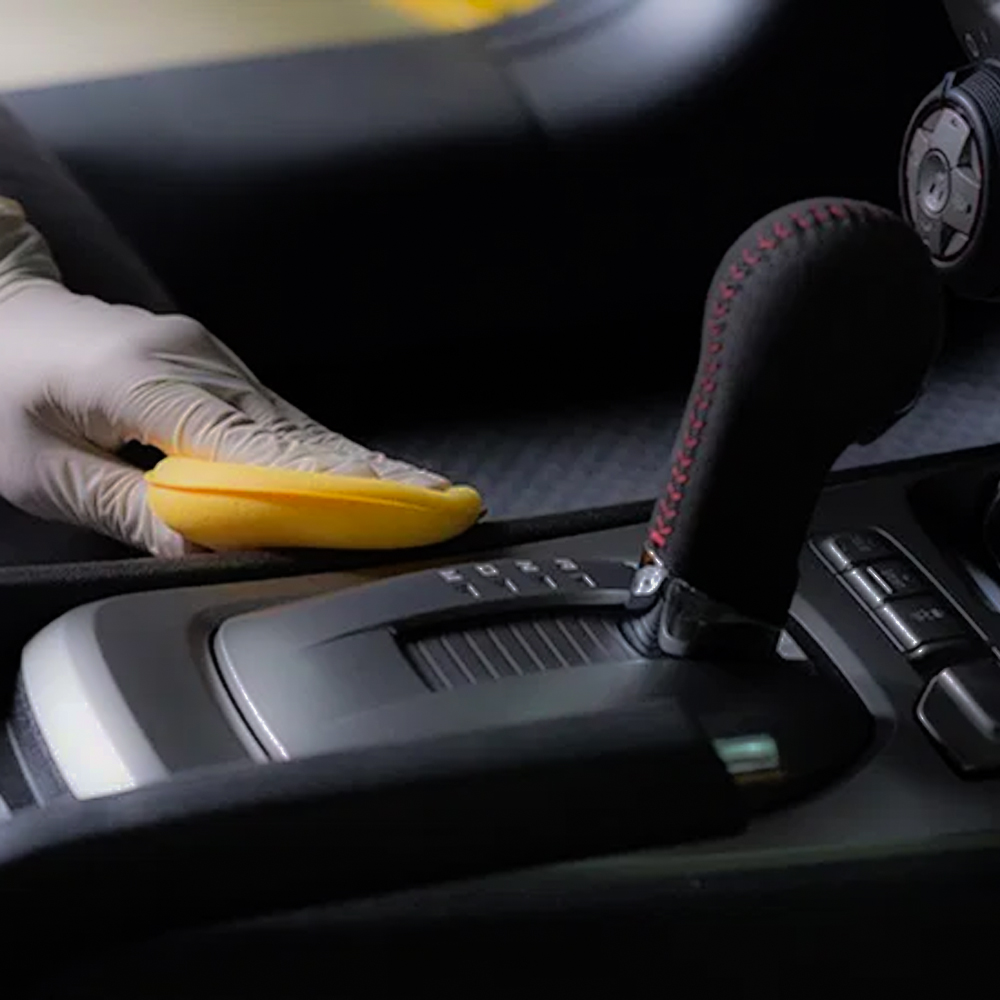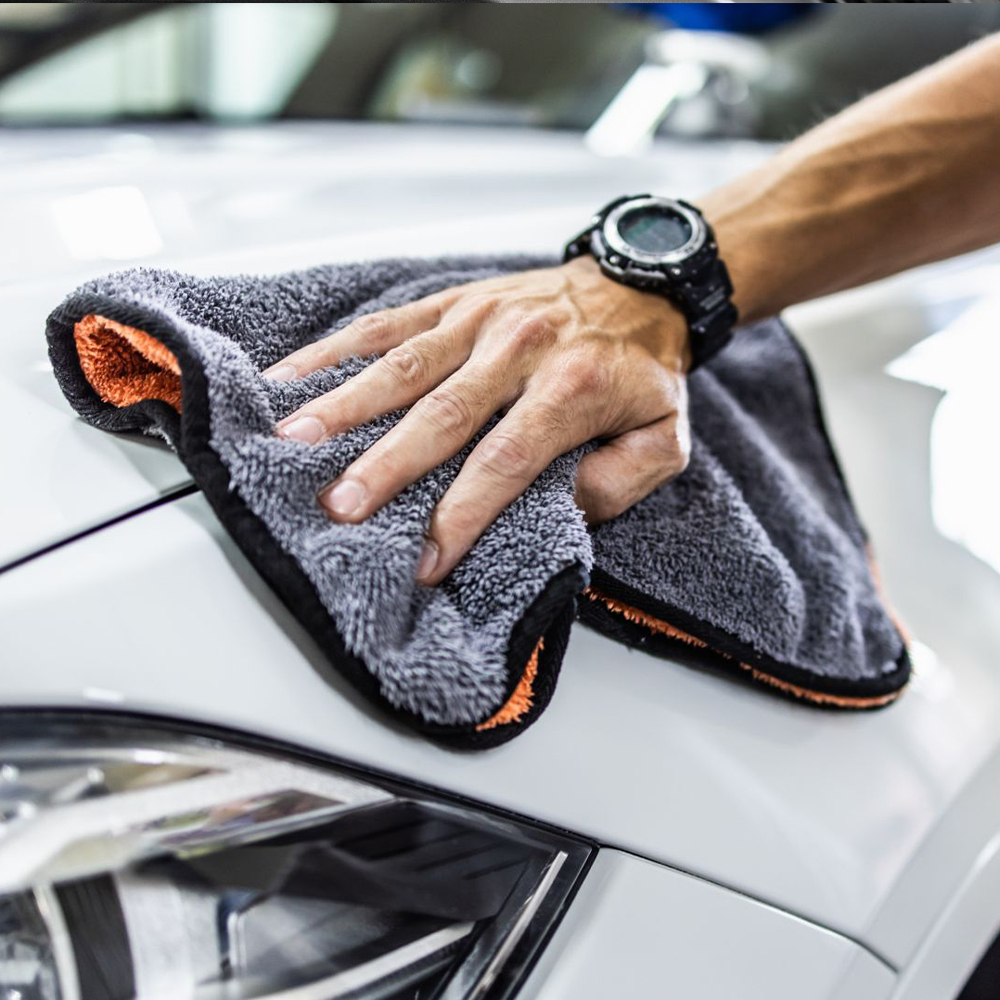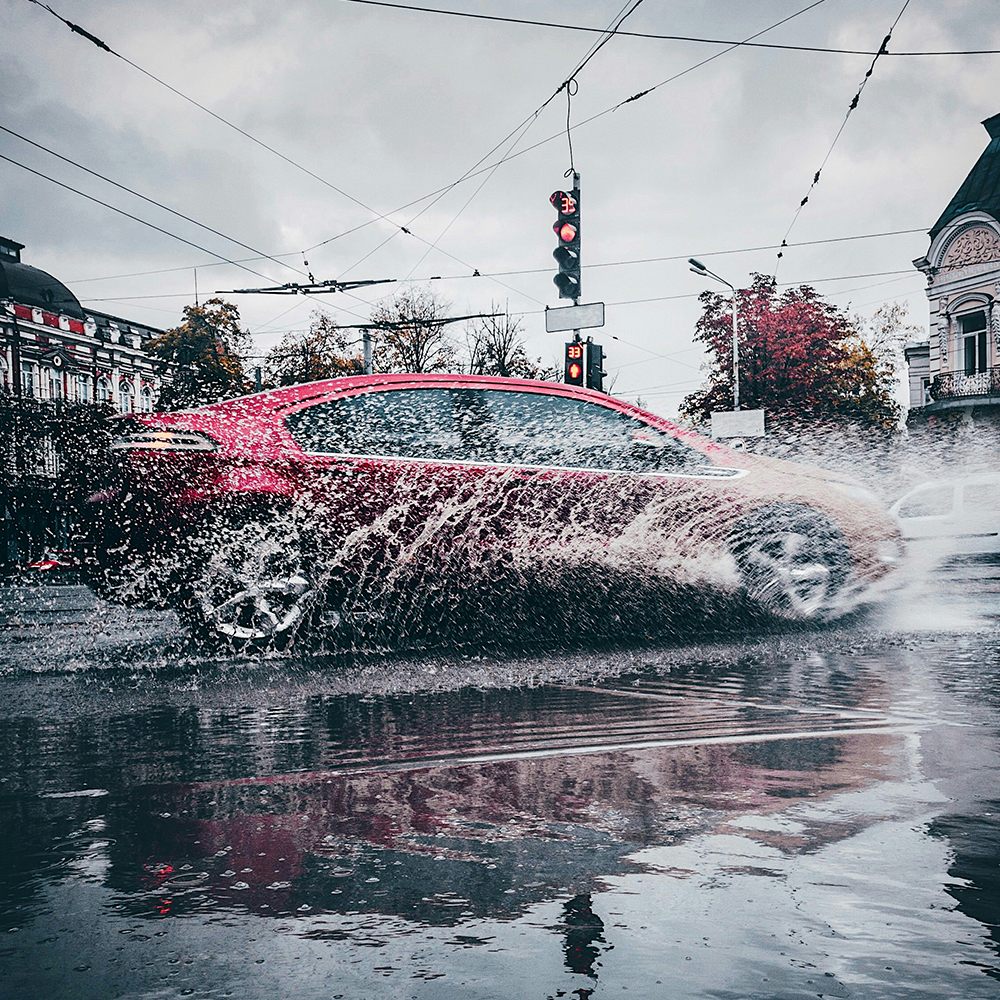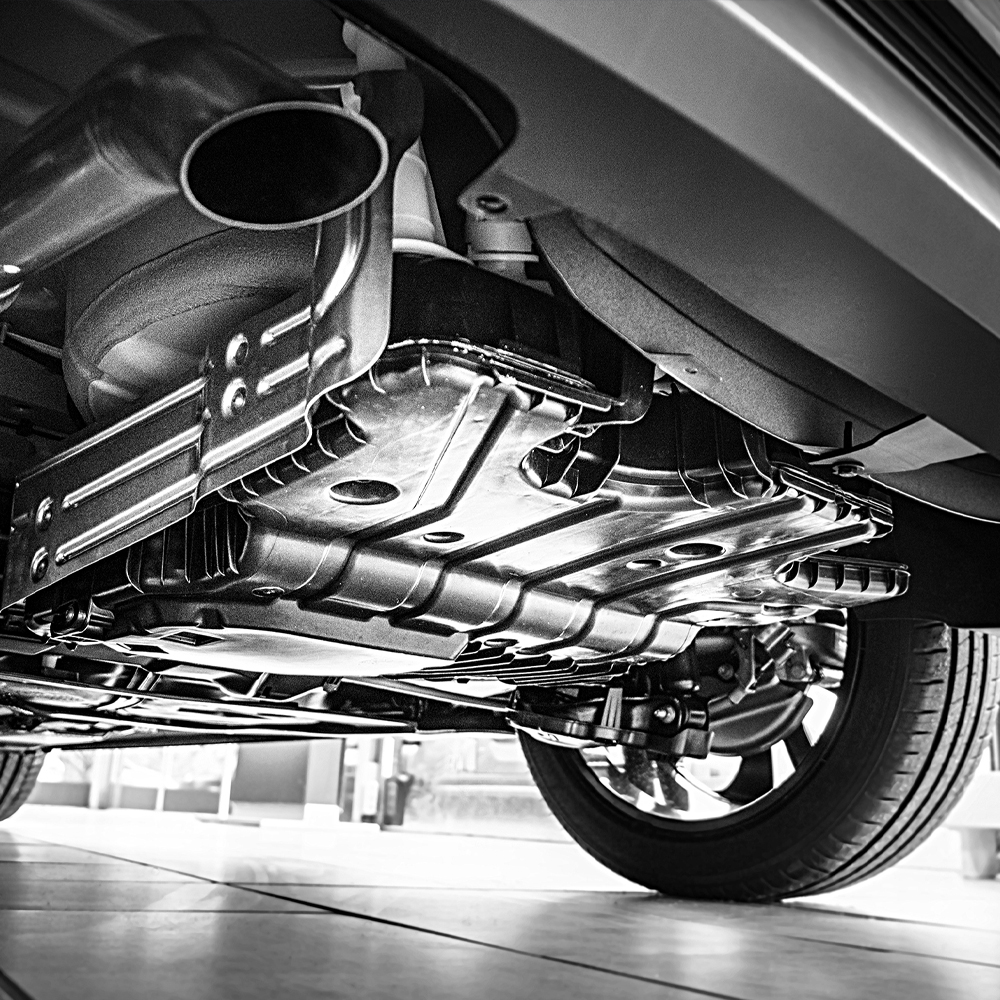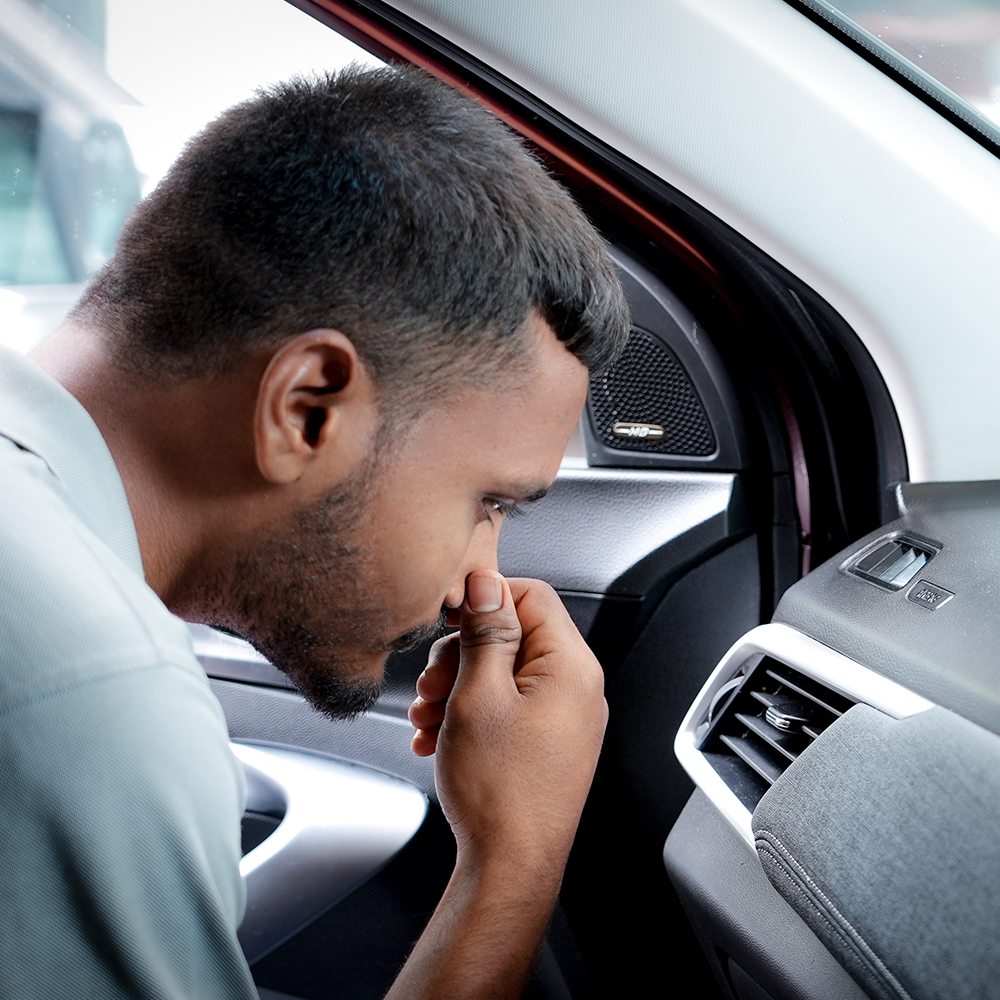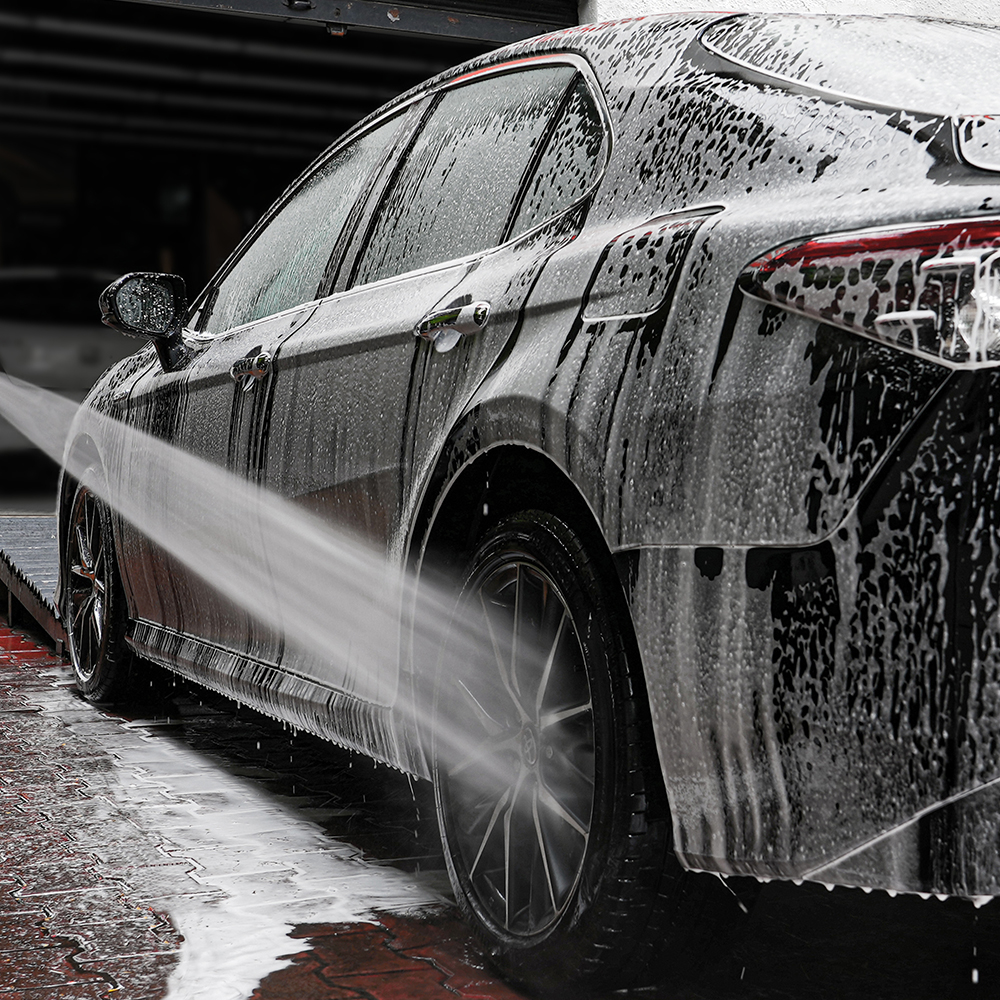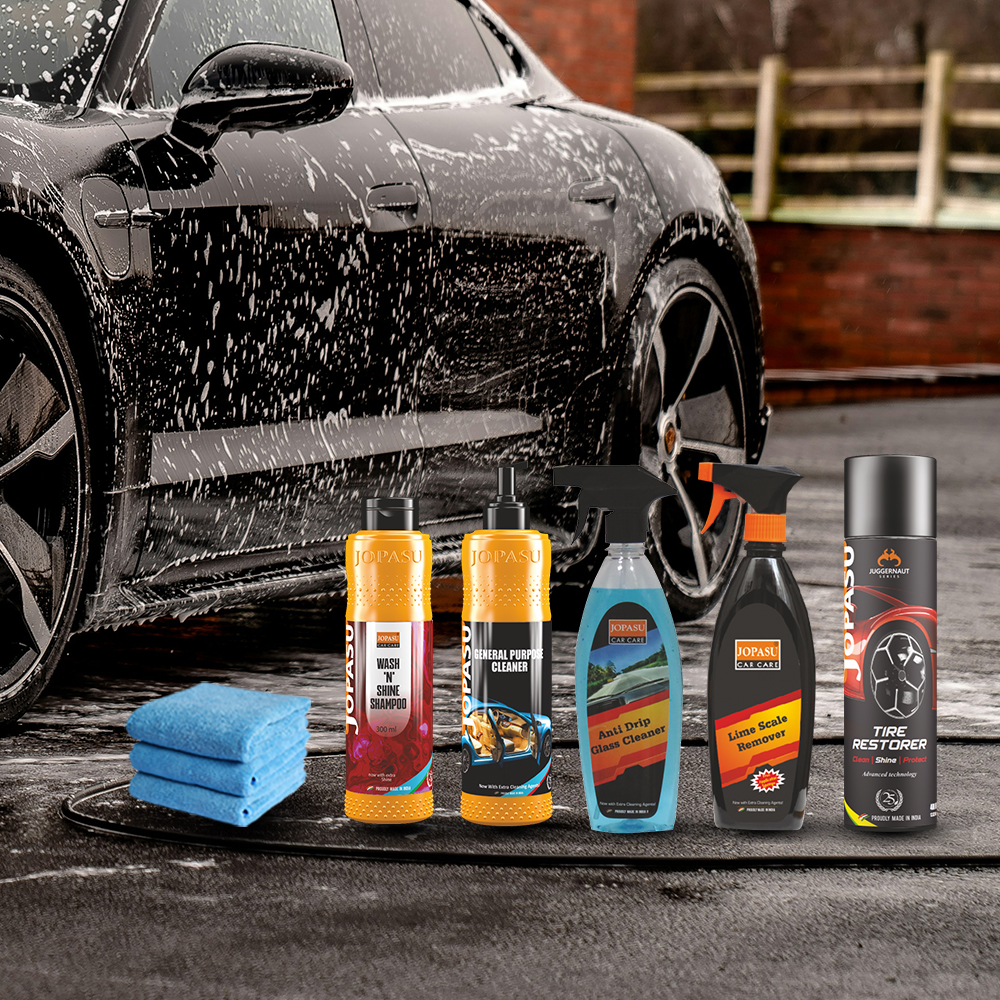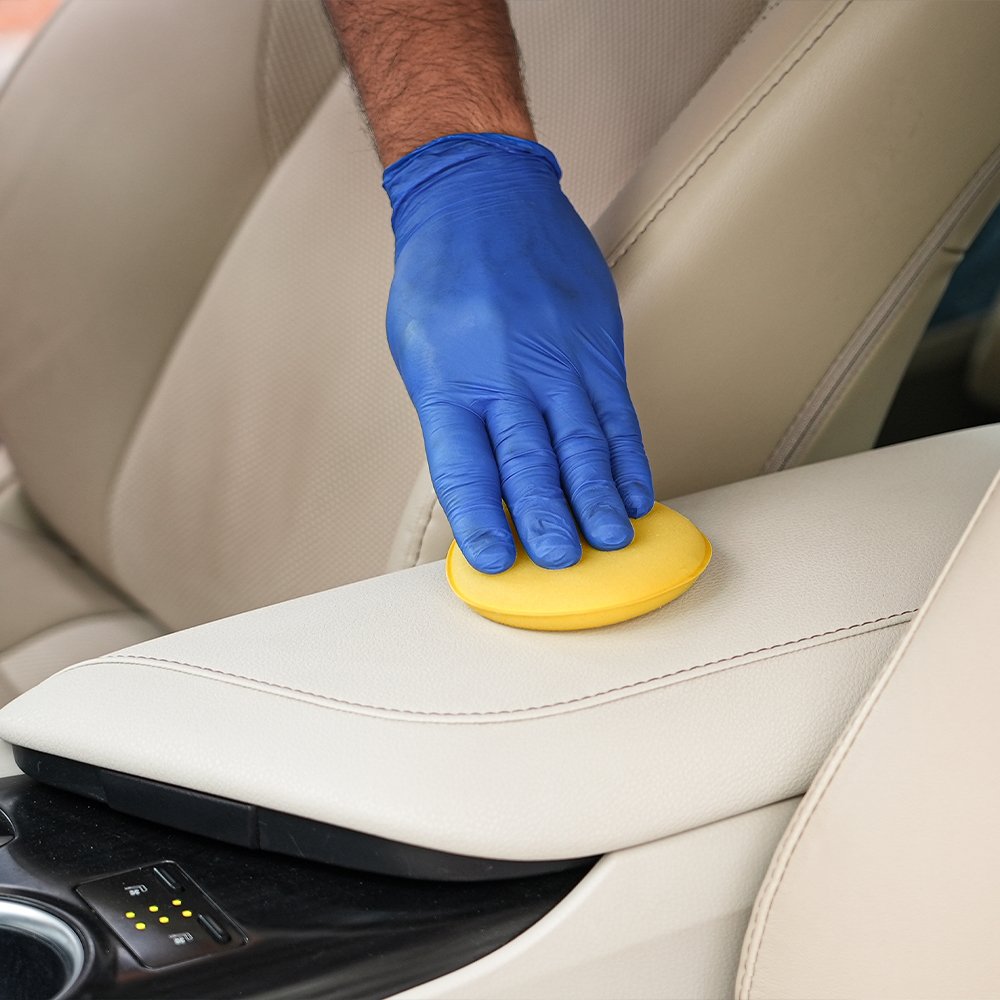The Best Practices for Car Polishing
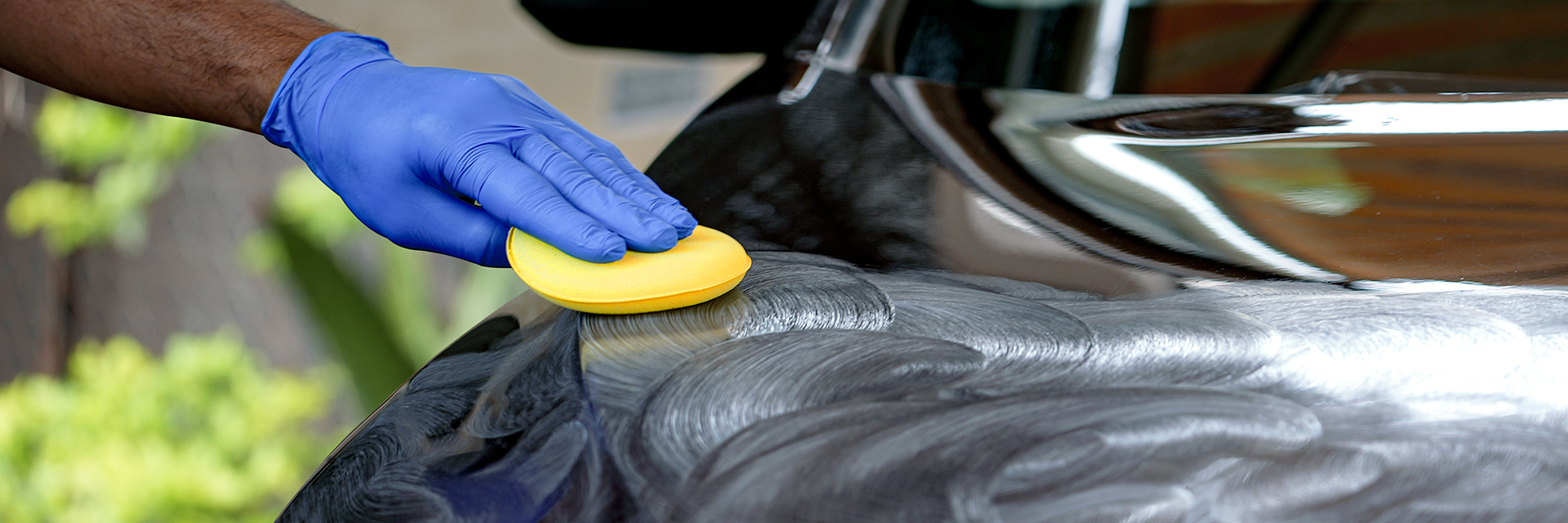
Shine On: Best Practices for Waxing Your Car
Waxing your car is more than just a cosmetic touch-up; it’s a crucial step in maintaining your vehicle’s appearance and protecting its paint job. In this guide, we’ll delve into what waxing is, the benefits it offers, the different types of car wax available, and step-by-step instructions to achieve a showroom shine for your beloved vehicle.
What is Waxing?
Car waxing is the process of applying a protective layer of wax to your vehicle’s exterior surfaces, primarily the paint. This wax acts as a shield against environmental contaminants such as dirt, dust, bird droppings, tree sap, and UV rays. By forming a barrier, wax helps to prevent these elements from adhering to the paint, making it easier to clean and maintaining its glossy finish.
Benefits of Waxing:
Protective Barrier: Wax creates a protective layer over your car’s paint, shielding it from damage caused by exposure to the elements.
Enhanced shine: waxing adds depth and gloss to your car’s finish, giving it a sleek, polished appearance.
Ease of Cleaning: With wax applied, dirt and debris are less likely to stick to the surface, making it easier to wash and maintain your car’s cleanliness.
UV Protection: Wax provides a degree of UV protection, helping to prevent fading and oxidation of the paint over time.
Different Types of Car Wax:
Natural Carnauba Wax: Derived from the leaves of the Brazilian carnauba palm tree, carnauba wax is known for its deep shine and water-repellent properties. It’s often considered the gold standard in car wax.
Synthetic Wax: Synthetic waxes are made from polymers and other artificial compounds. They offer excellent durability and protection, albeit with slightly less depth of shine compared to carnauba wax.
Hybrid Wax: Combining the best of both worlds, hybrid waxes blend natural and synthetic ingredients to offer a balance of shine, durability, and protection.
Step-by-Step Instructions for Waxing Your Car:
Prepare Your Vehicle: Start by washing your car thoroughly to remove any dirt, grime, and residue. Dry the surface completely using a clean microfiber towel.
Choose the Right Wax: Select a high-quality wax suited to your preferences and needs, whether it’s natural carnauba, synthetic, or hybrid.
Apply Wax: Using a foam applicator pad or microfiber cloth, apply a small amount of wax to the surface in a thin, even layer. Work on one section at a time, such as the hood, roof, doors, and trunk.
Allow to Dry: Let the wax dry to a haze, typically for 5-10 minutes, depending on the product and environmental conditions.
Buff Off: Using a clean, dry microfiber towel, gently buff the waxed surface in circular motions until the haze disappears, revealing a glossy shine underneath.
Repeat if Necessary: For optimal protection and shine, consider applying a second coat of wax, following the same steps as before.
Maintain Regularly: To keep your car looking its best, wax it regularly, ideally every 3-4 months or as needed depending on environmental conditions and usage.
By following these best practices for waxing your car, you can achieve a stunning showroom shine while providing long-lasting protection for your vehicle’s paint. So, grab your wax and get ready to make your car shine like new!
Previous Post
